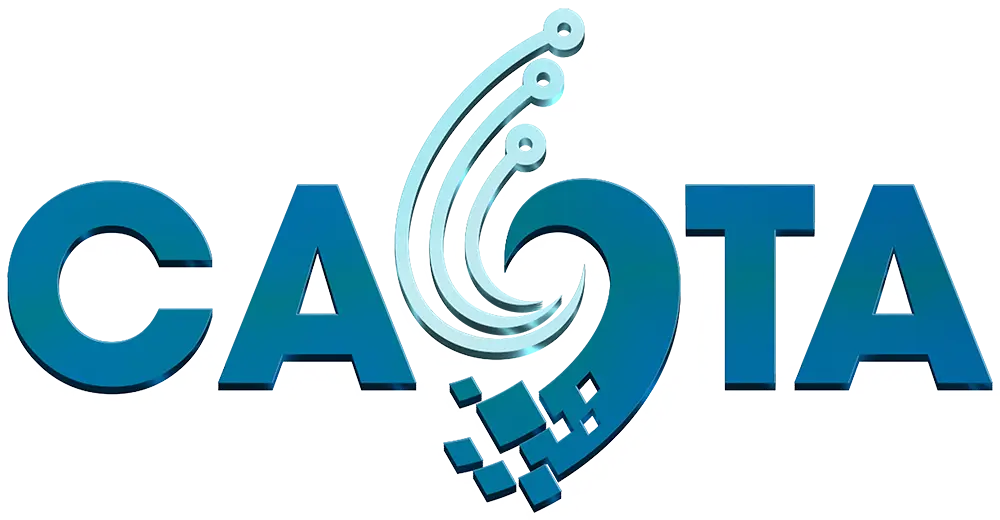Vietnam is an agricultural country with diverse crop varieties, many of which are major and economically valuable. To protect crop yield and quality, chemical methods are widely used; however, extensive use of chemical pesticides can lead to pest resistance, environmental pollution, and difficulty controlling soil-borne pathogenic fungi. Among antagonistic microorganisms, fungi of the genus Trichoderma spp. are widely used worldwide and in Vietnam for plant disease control, such as T. viride, T. harzianum, and T. hamatum (Huy et al., 2017).
Trichoderma is a type of microfungus isolated from soil, commonly found around plant root systems. It is a saprophytic fungus capable of parasitizing and antagonizing many plant pathogenic fungi. As a result, many Trichoderma spp. strains have been studied and applied as biological control agents and commercialized in the form of biofungicides, biofertilizers, and soil conditioners (Minh et al., 2010). Previous studies show that Trichoderma spp. antagonize at least 18 genera and 29 species of plant pathogenic fungi, as well as a range of phytopathogenic bacteria. Some commonly classified Trichoderma species in the Mekong Delta region include Trichoderma harzianum Rifai, T. hamatum Bainier, T. atroviride Karsten, T. reesei Simmons, and T. virens Von Arx (Harman, 2006; Minh et al., 2010). Due to their ability to kill some harmful fungi by multiple mechanisms such as parasitism, competition for nutrients, antibiotic production, and secretion of extracellular enzymes, Trichoderma fungi are widely applied in fungal antagonism (Harman & Kubicek, 1998; Vinale et al., 2014). The extracellular enzyme system of Trichoderma plays a crucial role in biological control. Especially enzymes like cellulase, chitinase, amylase, pectinase, and lipase help decompose essential organic compounds (Kredics et al., 2003; Harman, 2006).

From nine Trichoderma isolates tested for enzyme activities, most strains showed strong enzyme activity. Among them, four strains—Tricho 2, Tricho 3, Tricho 5, and Tricho 6—showed higher activity than the others, with a degradation zone diameter D ≥ 2.5 cm for enzymes tested, including amylase, cellulase, pectinase, chitinase, and protease.
The evaluation of substrate type and concentration effects on cellulase production by the four fungal strains showed that bagasse and corn cob substrates at 1% and 1.5% concentrations influenced enzyme production significantly. The Tricho 2 strain showed high enzyme activity (0.715 U/mL) at 48 hours when cultured with 1.5% corn cob substrate; Tricho 3 had high enzyme activity (0.467 U/mL) at 48 hours with 1.5% bagasse; Tricho 5 had high enzyme activity (0.463 U/mL) at 48 hours with 1% bagasse; and Tricho 6 exhibited high enzyme activity (0.564 U/mL) at 72 hours with 1% corn cob.
Further experiments can be conducted to evaluate the ability of these strains to decompose straw or other agricultural residues for organic fertilizer production; additional studies on the effects of factors such as pH, temperature, moisture, and suitable substrates on enzyme production should be performed, as enzyme levels depend on many factors and vary by strain. Developing a production process for Trichoderma sp. bio-preparations from indigenous species can enhance adaptation and effectiveness for local application.
Ngày đăng: 13-05-2025

